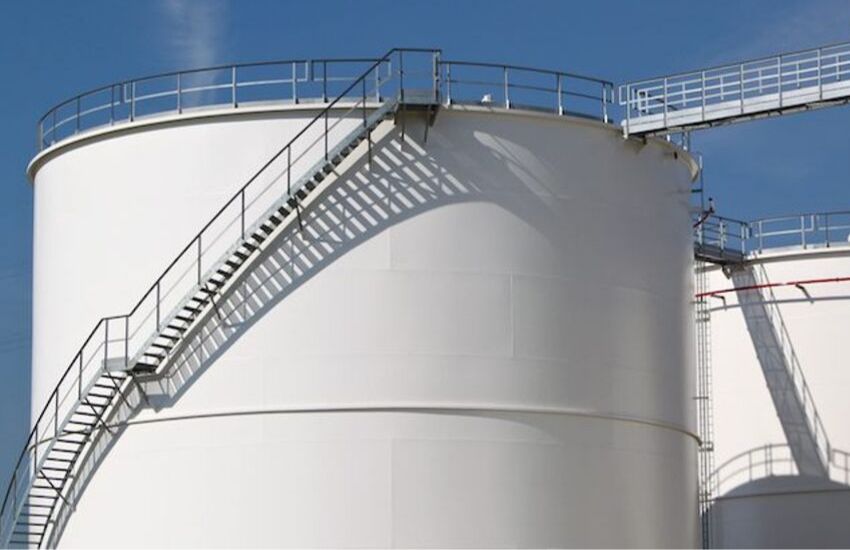A Top Bunkering Port For Low Sulphur Fuels
Will Singapore remain a top player in the storage market and be the major bunkering hub for low sulphur fuels? This is part 2 of our article “What Keeps Singaporean Storage Operators Awake?”
This article is written by Rudi Stalmans and featured in the August/September 2019 Edition of Tank Storage Magazine.
Getting ready for IMO2020
The threat of global warming will lead to a decrease in fuels made from crude oil which are one of the main contributors to greenhouse gas emissions. This puts pressure on the demand for gasoline and diesel, changing national imbalances and thus trade flows in the region.
The IMO legislation to limit sulphur emissions as a result of marine fuels remains one of the hot topics in the current market. As of January 1, 2020, the International Maritime Organisation will require all marine fuels to have a sulphur content of no more than 0.5% of the total mass, down from the current maximum of 3.5%.
The bunker fuel market has traditionally been a sink for refiners to unload their high sulphur refining resids. In 2018, an average of seven million barrels of such heavy resids were produced every day, half of which was absorbed by ship bunkers. But the global refining system is not yet equipped to produce such quantities of fuel oil at a sulphur level of 0.5%. This new regulation will have a substantial impact as most vessels will have to change their current fuel oil consumption. As a result, this will completely change market dynamics for existing marine fuels and create opportunities for alternatives. In most cases, shipping companies are expected to switch to marine gasoil for their fuel. There are alternative fuels, and there is also an option to clean exhaust fumes with a scrubber system, enabling some use of high sulphur fuel oil.
However, since there are growing concerns from several countries about how the wash water will affect the environment at ports and inland waters, the rush to switch vessels over to scrubbers has softened. A sharp decline in fuel oil demand as of 2020 and an increase in marine gasoil demand will lead to less storage of fuel oil in Singapore and more temporary storage of marine gasoil. Another effect may be more demand for smaller tanks to store different grades and fuels, and the need for blending services.
Conclusion
The ongoing trade war and regional tensions are creating uncertainty in global markets. On top of this, slowing demand growth for oil products and petrochemicals will have an impact on trade and demand for tank storage capacity.
Alternative routes that avoid the Strait of Malacca, such as new routes under the One Belt One Road initiative or China’s Two Ocean strategy via pipelines through Myanmar, could also put pressure on demand for storage capacity in Singapore. While Singapore is the main transshipment hub for liquid bulk in South East Asia, one cannot ignore increasing competition from neighboring Malaysia and Indonesia, as well as China.
The switch from fuel oil in marine bunkering to products lower in sulphur content under the IMO 2020 regulation will greatly, and instantly, lower the region’s demand for fuel oil from 2020 onwards. The region’s deficit, which has been served by Singapore’s hub function, will become a surplus. Singapore’s deficit will remain but will be dramatically reduced, leading to less temporary storage of the product.
Interest in storing low sulphur residual fuels in Singapore is now starting to increase with several cargo blenders trying to secure onshore storage capacity. Chee Hong Tat, Singapore’s senior minister of state for the ministry of trade and industry recently noted that the new Jurong Port Tank Terminals (JPTT) development provides opportunities for Singapore to enhance its position as one of the world’s top bunkering ports for low sulphur fuels. While Singapore may be looking at some short-term weakness, it is still expected to see strong long-term demand while it gets on track for IMO 2020.
Overall, the importance of Singapore in global trade remains clear. For the sixth year, Singapore ranked as the top maritime center in the Xinhua-Baltic report, an independent ranking of the performance of the world’s largest cities offering port and shipping business services. This underscores the strategic regional and global role of Singapore as a maritime hub and further underlines its position as a place of trade, tank storage, and bunkering services.
Photo Credit: Shutterstock

